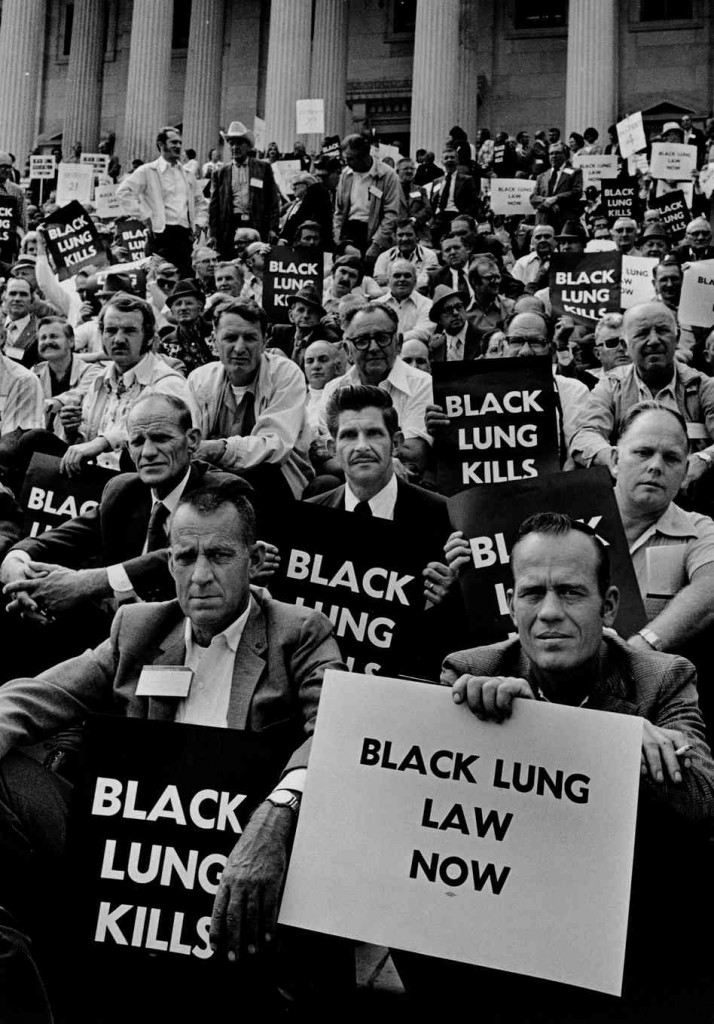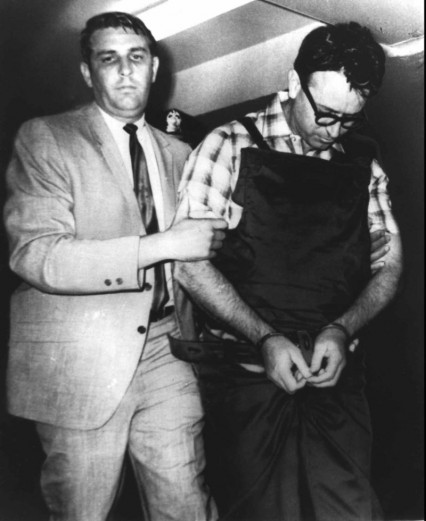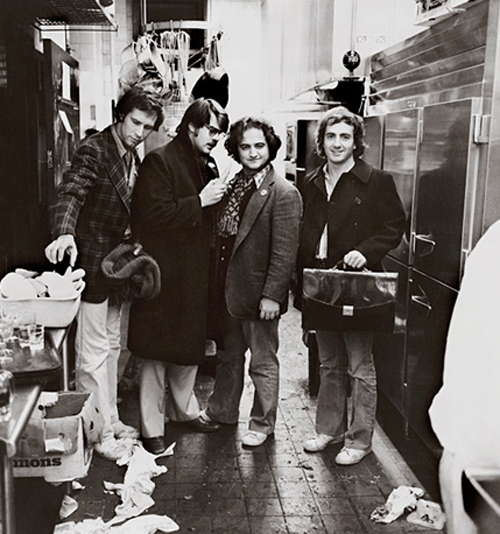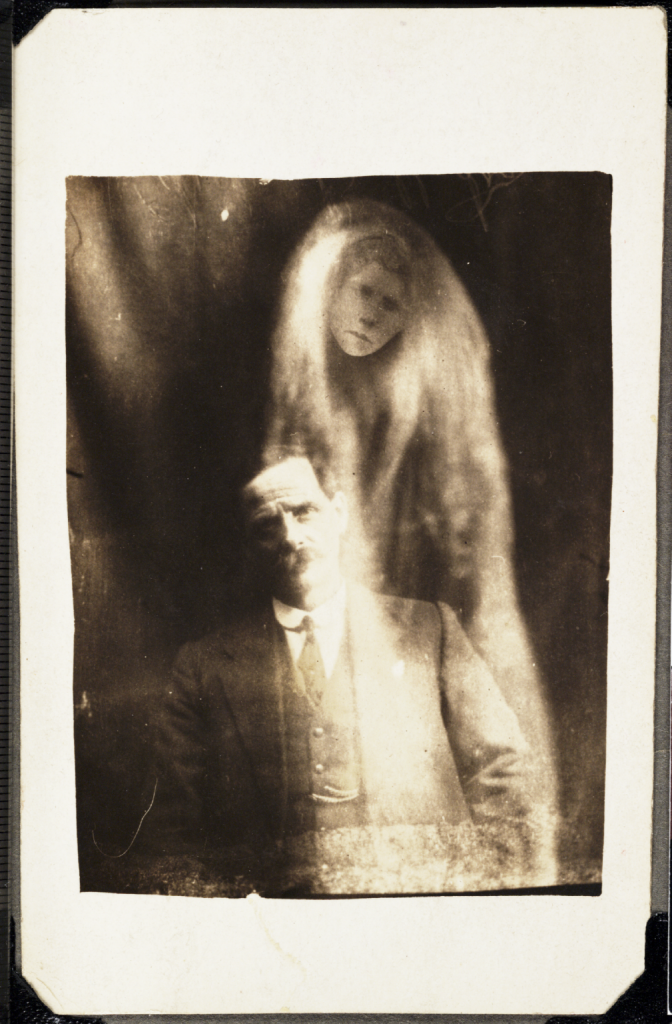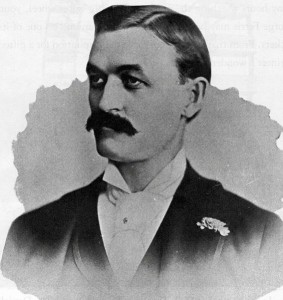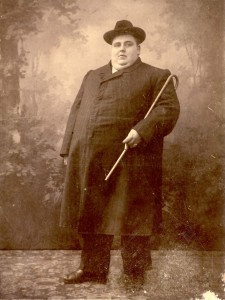I want every book in the history of humankind digitized and available online to read right now. But Christopher Rowe isn’t sure that a universal library is possible or even a good thing. The opening of “The New Library of Babel?“:
“The utopian idea of the universal library, a repository of every text ever published, has persisted in the western mind for over two millennia. The Library of Alexandria, founded in the third century BCE, is generally regarded as the first and, practically speaking, last such endeavour, an attempt to house and catalogue all of the texts (which were at that time primarily in the form of papyrus scrolls) in the then known world. Tradition holds that the collection was decimated by a fire, though the true fate of the Library of Alexandria is debatable; its existence and the comprehensiveness of its archives, however, are attested to by numerous sources. Now, with the rise of digital media, virtual storage and the World Wide Web, many claim that the ancient dream of a universal library is approaching realisation, albeit in a new and very different form. The Google Books Library Project, the undertaking most often singled out as the modern equivalent of the Library of Alexandria, has reportedly compiled over 20 million scanned volumes, largely obtained from the collections of its 20 prominent partner libraries. Google’s stated objective at the inception of this project was no less than ‘to organize the world’s information and make it universally accessible and useful’ Other proponents of the project have been even more hyperbolic; Kevin Kelly declared in a New York Times article that this new universal library would eventually offer ‘the entire works of humankind, from the beginning of recorded history, in all languages, available to all people, all the time’, including in its scope digital versions of all paintings, films, recorded music, television programs, every piece of print media and every internet site ever to have existed.
The idea of electronically storing and delivering vast collections of texts is older than most would imagine. In 1960, Ted Nelson, the inventor of the term ‘hypertext’, began working on (but never completed) the Xanadu system, a proposed ‘docuverse’ which he later described as ‘a plan for a worldwide network, intended to serve hundreds of millions of users simultaneously from the corpus of the world’s stored writings, graphics and data’. Nelson in turn drew inspiration from a 1945 article by Vannevar Bush, one of the first to seriously consider the logistics and possibilities of such a system. However, I wish to draw the reader’s attention to an even earlier and more indirect theorisation of the universal digital library, one found in Jorge Luis Borges’s 1941 short story ‘The Library of Babel’. In this work, a nameless narrator describes the titular library as a seemingly endless vertical and horizontal series of hexagonal rooms housing 20 bookshelves apiece, the contents of which are described as follows: ‘each bookshelf holds 32 books identical in format; each book contains 410 pages; each page, 40 lines; each line, approximately 80 black letters.’ The contents of these books are revealed to be randomly generated combinations of a set of 25 characters: 22 letters representing all vowel and consonant sounds, the comma, the period and the space. This library, whose spatial dimensions would vastly exceed those of the observable universe, would by definition contain everything that has been, or possibly ever could be, expressed in writing; yet for every sentence, much less volume, of interpretable language there would exist galaxies of meaningless or indecipherable strings of characters. While the library Borges describes here (and in his essay ‘The Total Library,’ written two years prior to the story) does not resemble in content the universal library proposed by Google Books or other digitisation projects, there are certain commonalities between the two which are worth considering when attempting to conceptualise this more recent proposal.'”



